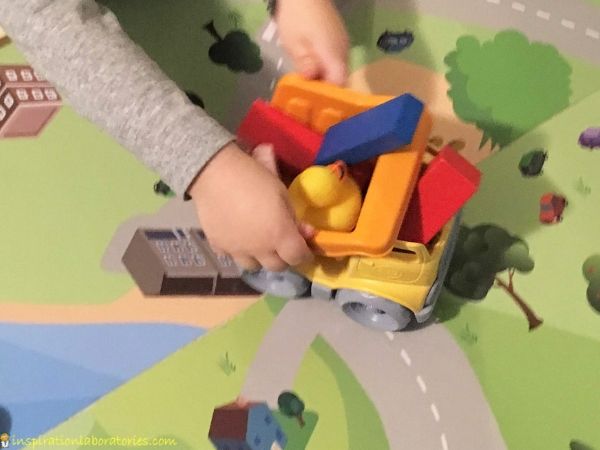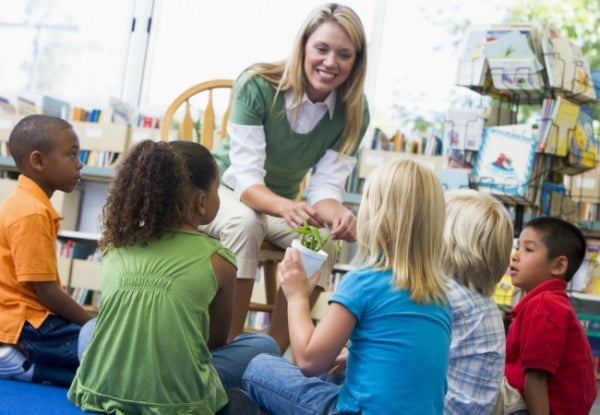5 Clean Up Games for Kids

How many kids enjoy cleaning up their toys? Not many. It can be overwhelming especially for younger children. Try these 5 clean up games for kids and make clean up time more fun.
My kids’ toys are organized into bins and each toy has a home. You’d think this would make it easy for them to put everything away. But no. When they pull out a pile of LEGO bricks, a bin of Magformers, and a handful of stuffed animals for a play session, their area can get messy quite fast.
It may not really be that big of a mess. They only have 3 types of toys out which can easily be returned to their respective homes. However, to some children, it’s just a lot to take in. Where do we start? It’s going to take foreeeever to clean this up.
This is where turning clean up into a game helps out. You organize the clean up with a game and get everything cleaned up without too much whining and complaining (hopefully).
The disadvantage of clean up games is that you have to micromanage the cleaning. It may be faster to just do it yourself, but that’s not the point. Sometimes I can be cleaning up another area of the house while managing their clean up game as well.
Clean Up Game #1: Make It a Race
This game works for kids who like competition and aren’t that overwhelmed by the mess. Start by challenging your kids to race to pick up the toys. Then, say: Ready. Set. Go pick up that toy and bring it over to this bin. Run fast. Hurry. Then, name another toy and continue to have them race it to its home.

You could also set a timer and challenge your child to pick up a set number of toys in that time. How many toys can you pick up in a minute? Ready. Set. Go. Or: Can you pick up 10 toys in 30 seconds? Ready. Set. Go.
Clean Up Game #2: Go on a Scavenger Hunt for Toys
Turn clean up time into a scavenger hunt. Let’s play a game. Okay. Do you want to go on a scavenger hunt for train tracks? Yeah!!! Okay. Go find 3 straight tracks and bring them to this box. My child runs and finds them. Great, now find 2 curved tracks. (Yes, I throw a little counting practice in there, too.)
Scavenger hunt clean up games can work when you’re not in the room. Take a survey of the toys that need to be picked up. Head off to whatever you need to take care of. Call out an item for your child to find and put away. (Don’t like yelling across the house? Use a set of walkie talkies.) You can be as generic or specific as you want. I usually start with colors. Find something that is pink. Or: Pick up all of the green toys.

You could also be specific. Find 5 cars. Put away 2 stuffed animals. Use the scavenger hunt to work on shapes as well. Find 3 square toys. (I was thinking of the Magformers. My toddler saw a square pillow, too.)

Clean Up Game #3: Use Other Toys to Help Clean Up
For some reason, my kids think it’s extra fun to use dump trucks, shovels, or ramps to help clean up their messes. This works especially well with blocks or LEGO bricks. Use the truck or shovel to scoop up the toys and carry them to their home. Or put a ramp above the bin and let the toys slide down the ramp into the bin. Instead of a ramp, a large cardboard tube works, too.

Clean Up Game #4: Play the Do 3 Things Game
Mix cleaning up into another game. I call it the Do 3 Things Listening Game. It’s super sneaky because you get them moving all around doing different actions and then every once in a while sneak in a little clean up.
Clean Up Game #5: Code Your Way to Clean Up
Play a Robot Clean Up Game to make cleaning up the entire goal of the game. It’s a simple following directions game except you have to program the robot up front. Write the code for the robot and send it off to clean up. This game is a fun way to introduce kids to coding. It works best when the toys are spread out, but you can make it work with any mess really.
source: inspirationlaboratories





